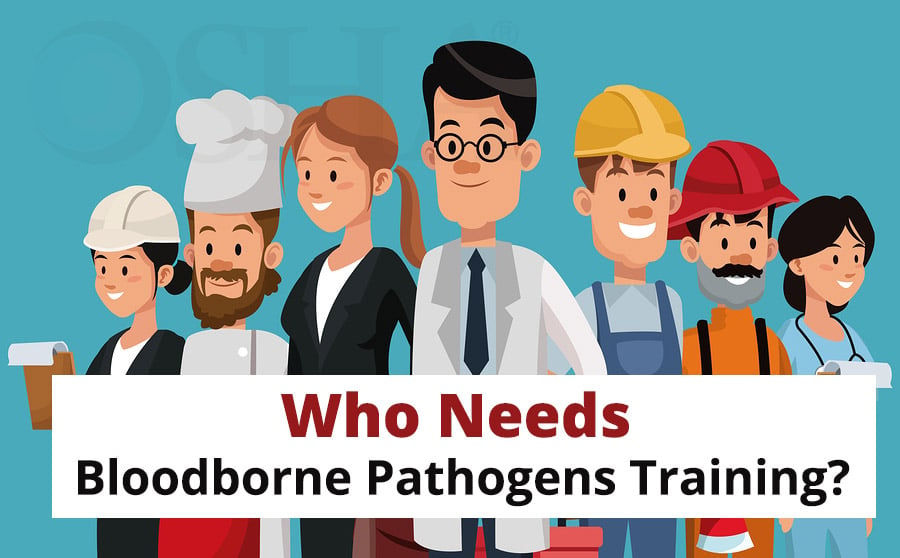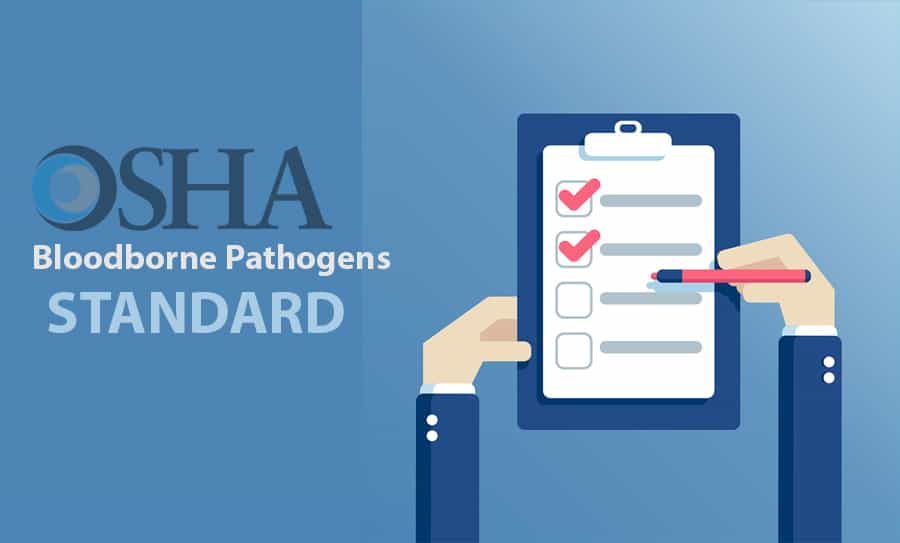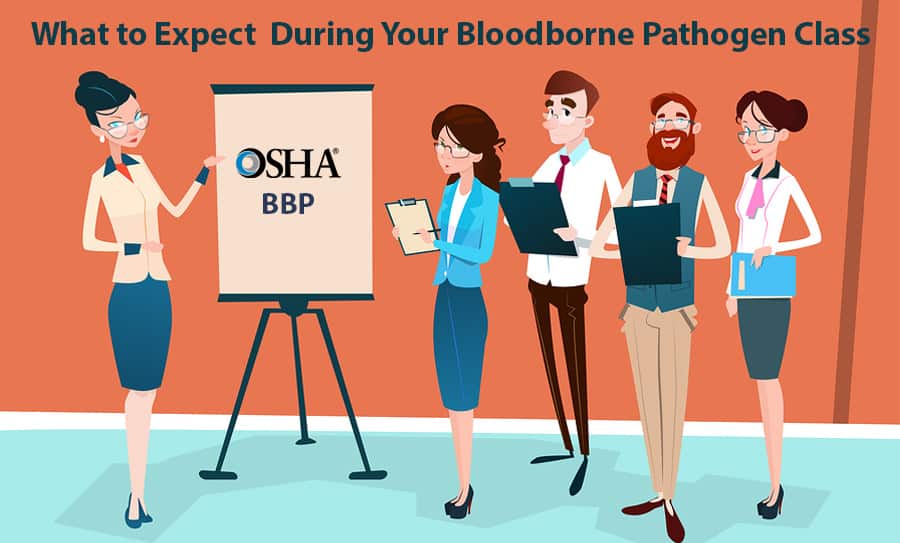Who Needs Bloodborne Pathogens Training
OSHA’s Bloodborne Pathogens Standard refers to a federal standard that outlines requirements aimed at protecting workers who may be exposed to blood or other potentially infectious materials. In keeping with this standard, it is the responsibility of every employer to ensure workers who are likely to be exposed to these dangers throughout their duties receive adequate instruction and training. But how do they determine who needs bloodborne pathogens training
Employees Who Need Bloodborne Pathogens Training
An employee who needs bloodborne pathogens training may be any of the following;
- Healthcare worker
- Nurse
- Physician
- Medical student
- Emergency responder
- Paramedic
- policeman
- Fireman
- School staff
- Teacher
- Janitorial staff
- Body artist, etc.
Though non-exhaustive, the following list includes tasks and job classifications deemed to have a reasonably anticipated risk of exposure and which, therefore, fall under the bloodborne pathogens standard.
- Employees who are specially trained and assigned the role of the first responder, including employees who perform first aid only as a collateral duty
- Employees whose work involves cleaning and decontaminating surfaces contaminated with blood or other potentially infectious materials.
- Employees who provide healthcare, medical and medical research services. These include doctors, nurses, dentists, laboratory technicians, etc.
- Janitors and housekeepers who work at healthcare facilities.
How Bloodborne Pathogens Training is Completed
Employers should commence Bloodborne pathogens training at the time the task is initially assigned and at least once annually thereafter. Employers must also provide additional training when previous procedures and tasks are modified or when new tasks that may risk exposure are added.
Bloodborne pathogens training is now easier and more effective than ever with online training. It is convenient for the employees as it allows them to determine their own learning pace. They can start and stop at any time of their choosing depending on their personal schedule.
Employees can also train from anywhere. You can log in from home or the office without the inconvenience of having to travel. The flexibility of online training is beneficial to both the employee and the organization since it doesn’t interrupt the work schedule. Employers can learn more here about training their staff quickly and with little effort.
What Bloodborne Pathogens Training Should Include
According to OSHA requirements, the training should be sensitive to the employee’s literacy, education level, and language. It may contain the following components, as well as other important information about bloodborne pathogens.
Information on Bloodborne Diseases
These include hepatitis B and C, AIDS, syphilis, Malaria, and brucellosis, among others.
Information on How Bloodborne Pathogens are Transmitted
Transmission may occur when blood from an infected person comes into contact with broken skin or mucous membranes or through a cut from a contaminated object. The training should cover the possible routes of transmission in the workplace.
Explanation of the Bloodborne Pathogens Standard
The training should sum up all OSHA requirements including definitions, compliance methods, record keeping, communication with employees, etc.
Information on Exposure Control Plans
Employers should have their exposure control plan in writing and must make it available to all employees.
Exposure Control Procedures
These may include immunizations, labeling containers, disposing of contaminated waste, etc.
Information About Personal Protective Equipment
Employees should learn about the types of personal protective equipment that’s required to be used to minimize exposure to bloodborne pathogens
Post Exposure Steps
Employees must learn about the steps that need to be taken after a certain or expected exposure to blood or other potentially infectious materials.
The Exposure Control Plan
An exposure control plan is a written framework aimed at protecting employees from bloodborne pathogens. The plan is an OSHA compliance requirement, and any employer without it in writing is deemed to have violated federal law. The exposure control plan should include:
- Names, tasks, and departments of each worker who may be potentially exposed to bloodborne pathogens
- Methods of implementation and control to help in reducing the potential for exposure including providing employees with personal protective equipment and labeling equipment properly.
- Hepatitis B vaccine to all workers potentially exposed to infectious bodily fluids. Essentially, all employees should be vaccinated. An employee needs to have signed a document if they choose to opt out.
- Medical evaluation and follow-up after exposure including testing for infection, documenting the process of exposure and collecting blood samples for further testing.
- Training of employees on what bloodborne pathogens are, symptoms of the diseases and how they are transmitted. Employees can seek clarifications and ask questions.
- Record keeping as per OSHA requirements. These include medical, incident, training and sharps injury records. It is the responsibility of the employer to manage and maintain these records.
- Administration of post-exposure cases by examining the circumstances surrounding the incident to prevent future exposure.
The Responsibility to Determine Who Needs Bloodborne Pathogens Training
It is the responsibility of an employer to identify who needs bloodborne pathogens training. This is accomplished by determining whether a specific task or job classification involves any occupational exposure.
If you’re an employee who risks exposure to blood or any other potentially infectious material but is yet to receive bloodborne pathogens training, contact your supervisor as soon as possible and let them know you need bloodborne pathogens training ASAP.






